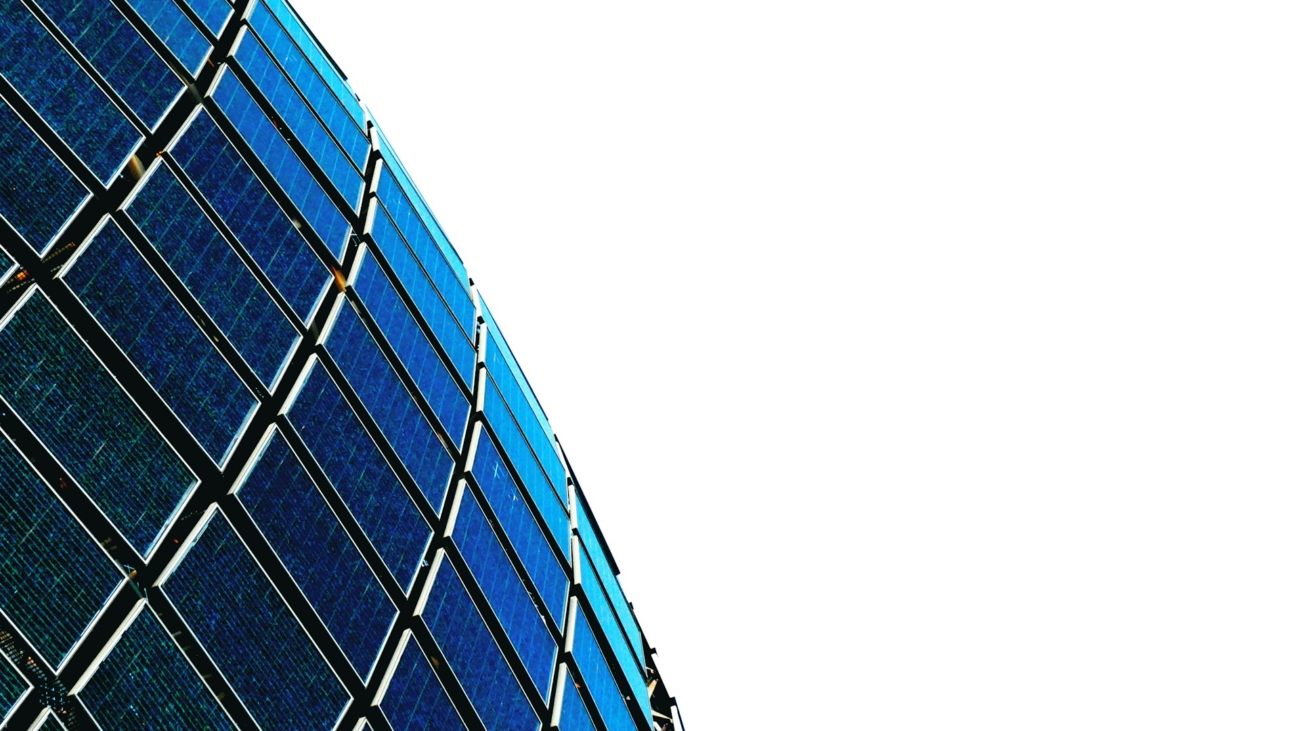As the global demand for clean and sustainable energy sources continues to grow, innovative technologies are emerging to meet this need. One such promising technology is the Solar Updraft Tower (SUT). This unique renewable energy system generates electricity by creating a convection current from solar-heated air rising through a tall chimney. This article explores the concept, mechanics, benefits, and potential of Solar Updraft Towers as a viable solution for sustainable energy generation.
Understanding Solar Updraft Towers
1. Concept and Design:
- A Solar Updraft Tower consists of three main components: a large solar collector, a central chimney (or tower), and turbines.
- The solar collector is a vast, circular greenhouse-like structure that captures solar energy and heats the air beneath it.
- The heated air rises naturally and is funneled into the central chimney, creating an updraft.
- Turbines located at the base of the chimney are driven by the rising air, generating electricity.
2. Mechanics of Operation:
- Solar Collector: The collector is made of a transparent material such as glass or plastic, allowing sunlight to pass through and heat the ground beneath.
- Chimney: The tall chimney acts as a conduit for the heated air. The height of the chimney is crucial, as taller chimneys enhance the updraft effect, increasing the velocity of the rising air.
- Turbines: As the heated air moves upward through the chimney, it passes through turbines connected to generators. The kinetic energy of the moving air is converted into mechanical energy by the turbines and then into electrical energy by the generators.
Benefits of Solar Updraft Towers
1. Renewable and Sustainable:
- Solar Updraft Towers utilize abundant solar energy, making them a renewable and sustainable source of power. Unlike fossil fuels, solar energy is inexhaustible and environmentally friendly.
2. Low Operating Costs:
- Once constructed, Solar Updraft Towers have low operating and maintenance costs. The primary expense is the initial construction, after which the system can generate electricity with minimal ongoing costs.
3. Scalability:
- Solar Updraft Towers can be built in various sizes, making them suitable for different scales of power generation, from small local projects to large-scale power plants.
4. Minimal Environmental Impact:
- SUTs produce no greenhouse gases or pollutants during operation. Additionally, the land beneath the solar collector can often still be used for agriculture or other purposes, minimizing land use impact.
5. Energy Storage Capability:
- The thermal mass of the ground beneath the solar collector allows for energy storage. The ground retains heat, enabling the tower to generate electricity even after sunset or during cloudy periods.
Challenges and Solutions
1. High Initial Costs:
- The construction of Solar Updraft Towers involves significant initial investment. However, advancements in materials and construction techniques, along with government incentives, can help mitigate these costs.
2. Land Requirements:
- SUTs require large areas of land for the solar collector. Innovative designs, such as integrating SUTs with agricultural land or using arid and non-arable land, can address this challenge.
3. Efficiency Improvements:
- Current SUT designs have moderate efficiency levels. Research and development in materials, aerodynamics, and turbine technology can enhance efficiency and overall energy output.
Potential Applications
1. Remote and Off-Grid Areas:
- Solar Updraft Towers are ideal for providing power to remote and off-grid areas where traditional power infrastructure is unavailable or impractical.
2. Developing Countries:
- In developing countries with abundant sunlight, SUTs can offer a reliable and sustainable power source, contributing to energy security and economic development.
3. Supplementary Power Generation:
- SUTs can complement other renewable energy sources such as solar PV and wind, providing a stable and continuous power supply.
Case Study: Manzanares Solar Updraft Tower
The world’s first prototype Solar Updraft Tower was constructed in Manzanares, Spain, in the early 1980s. The Manzanares tower had a chimney height of 195 meters and a solar collector with a diameter of 240 meters. Despite being a small-scale prototype, it successfully demonstrated the feasibility of the technology, operating for seven years and providing valuable data for future development.
Future Outlook
As the world moves towards a more sustainable energy future, Solar Updraft Towers represent a promising technology that leverages natural processes to generate clean electricity. Continued research, investment, and policy support can help overcome existing challenges and unlock the full potential of SUTs. By integrating Solar Updraft Towers into the broader renewable energy landscape, we can move closer to achieving global energy sustainability and reducing our reliance on fossil fuels.
Conclusion
Solar Updraft Towers offer a unique and innovative approach to harnessing solar energy for electricity generation. With their renewable nature, low operating costs, scalability, and minimal environmental impact, SUTs have the potential to become a significant component of the world’s energy mix. As technology advances and awareness grows, Solar Updraft Towers could play a crucial role in meeting the energy demands of the future while promoting environmental stewardship and sustainability.

